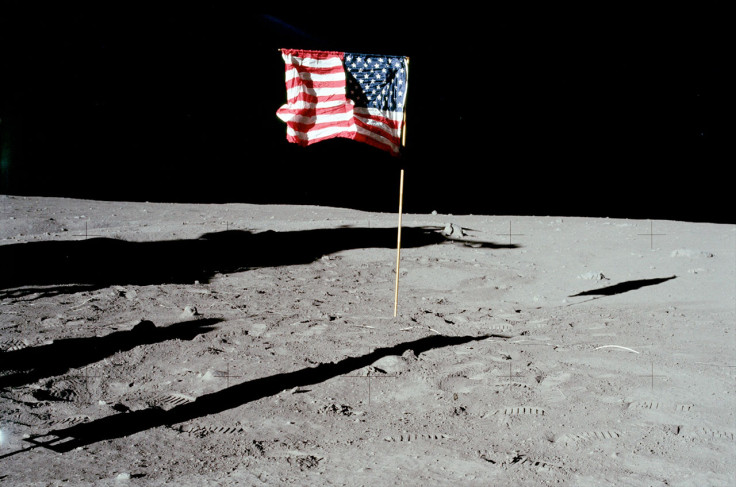Nasa-funded study details plans for human occupation of moon within a decade

A Nasa-funded study has revealed that humans may be able to inhabit the moon within the next decade as a return some 46 years after the first moon landing looks increasingly inevitable.
The study was partly funded by the space agency but carried out by NexGen Space LLC which gave a detailed strategy on how a lunar base could be plausibly built in roughly 10 years.
It said that if Nasa were to send a robot to the moon by 2017, it could begin a search for hydrogen in 2018 and then could begin analysing the territory a maximum of two years after this.
By 2021, robotic construction of a lunar base could begin with humans arriving in the ensuing years, says the study which was released to coincide with the 46<sup>th anniversary of the Apollo 11's moon landing on 20 July 1969.
The report also revealed that all of this can be achieved within Nasa's existing budget. SpaceX – the private space exploration firm backed by Elon Musk – currently charges $4,750 (£3,055, €4,328) per kilogram of supplies to send to the International Space Stations (ISS) – much less than the $46,000 per kg that it cost for the Saturn V which was used to get to the moon in the late 60s.
By using commercial flights as well as its own, Nasa could reduce the number of trips to go to the moon to take supplies, while still developing new technology in a bid to support the mission with the additional funds coming from the amount it saved from using commercial flights, says the report published by The Verve.
© Copyright IBTimes 2025. All rights reserved.






















